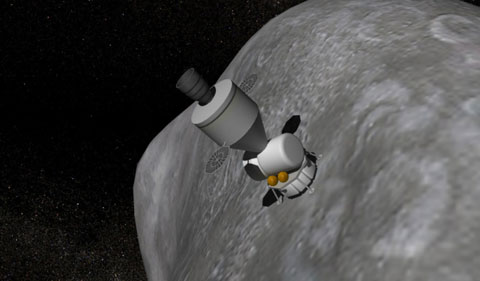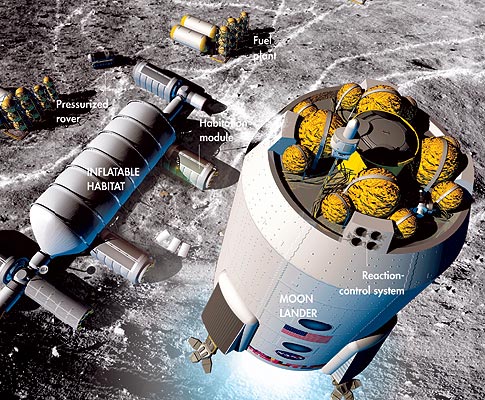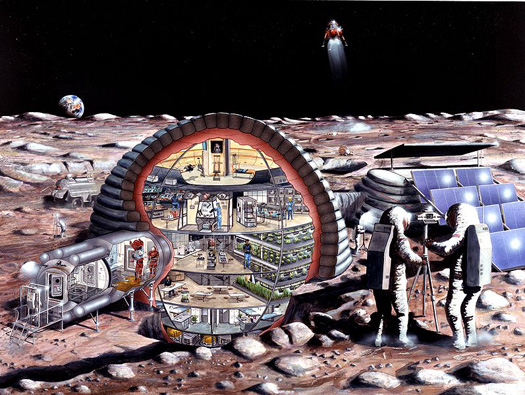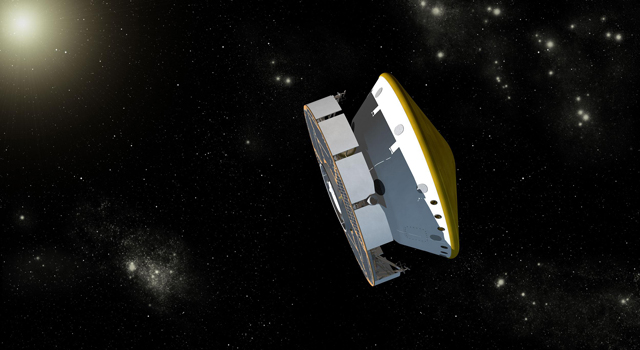

Click here for an illustrated guide to Mars Society founder Robert Zubrin´s six-step plan for inhabiting Mars, and for details on entering our contest to design the new flag of a freshly terraformed Red Planet-you could win a free subscription!
The interests of the Mars Society-an organization with the overarching goal of colonizing Mars-tend to elicit snickers from non-space fans. Why talk about building homes on Mars when we have problems on Earth like war, bird flu, AIDS and global warming? To the Mars enthusiast, these scourges simply count among the reasons to ditch this rock and head for the Red Planet.
Robert Zubrin, the founder of the Mars Society, likes to point out that Columbus encountered similar resistance from noobs when he pointed across the Atlantic. But Zubrin isn´t a seafarer-he’s a scientist, with calculations that say people could create an oxygen atmosphere on Mars in just over 1,000 years. Compare that with other scientists´ predictions of 20,000 or 100,000 years, and he might seem like he’s peddling interplanetary snake oil, but there´s no denying that his scheme for â€terraforming†is thoroughly conceived.
Click here for an illustrated guide to Zubrin´s six-step plan for inhabiting Mars.















